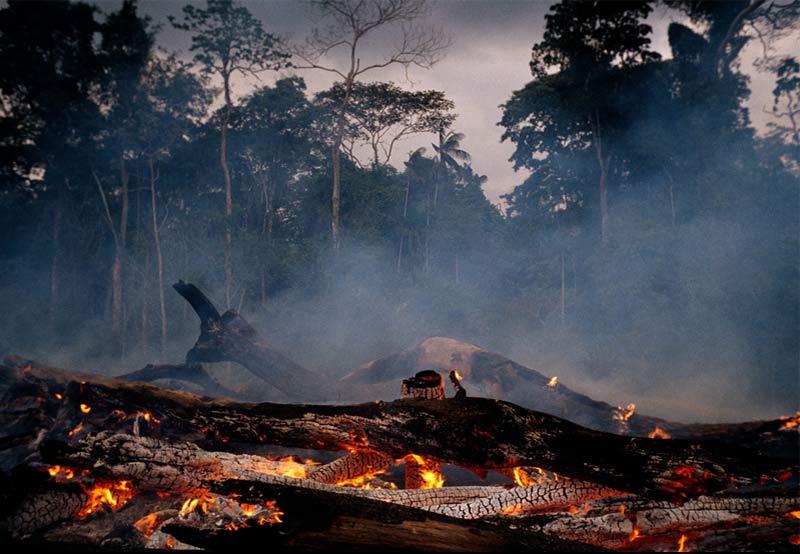Brazil rainforest logging increases malaria rates
June 17, 2010 (AFP) — Logging of tropical forests can boost the incidence of malaria in the surrounding area by nearly 50 per cent, according to new research tracking deforestation in Brazil’s Amazon. The study examined 2006 data tracking malaria rates in 54 Brazilian health districts and high-definition satellite imagery showing the extent of logging of nearby forests. “It appears that deforestation is one of the initial ecological factors that can trigger a malaria epidemic,” said Sarah Olson, lead author of the study and a postdoctoral fellow at the Nelson Institute, Centre for Sustainability and the Global Environment. The clearing of tropical forests can increase malaria rates because it creates conditions that are favourable for the Anopheles darlingi mosquito, the primary malaria carrier in the Amazon, according to Olson. “The deforested landscape, with more open spaces and partially sunlit pools of water, appears to provide ideal habitat for this mosquito,” she said, noting that the Anopheles darlingi mosquito is even known to displace other mosquitos that are less likely to transmit malaria. The research, published Wednesday in the online issue of the CDC journal Emerging Infectious Diseases, shows that relatively small changes to the forest can have major effects on the health of the local population. “A 4 per cent change in forest cover was associated with a 48 per cent increase in malaria incidence in these 54 health districts,” Olson said. The area examined by the study, a stretch of the Amazon close to Peru, is typical of many other tropical rainforest zones in Brazil, suggesting deforestation elsewhere could produce the same increase in malaria. …
